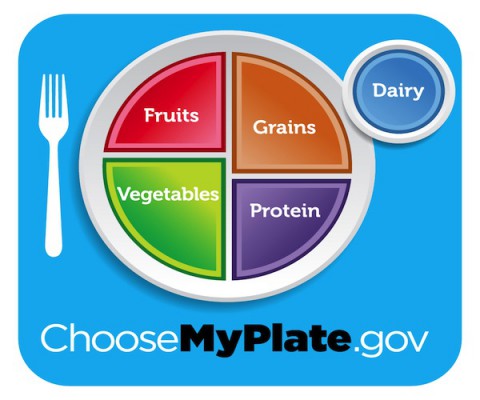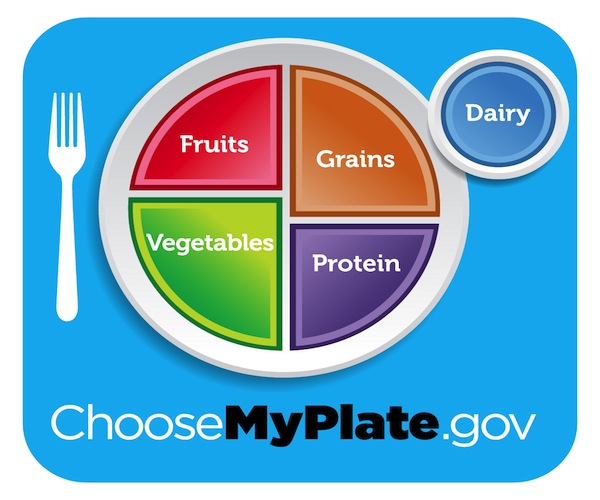 Most people are familiar with the “food pyramid” as a tool for combining foods for proper nutrition. Recently the federal government shifted the food pyramid to the “choose my plate” campaign as a way to encourage people to look at the size of portions, as well as the type of food they are eating.
Most people are familiar with the “food pyramid” as a tool for combining foods for proper nutrition. Recently the federal government shifted the food pyramid to the “choose my plate” campaign as a way to encourage people to look at the size of portions, as well as the type of food they are eating.
While the type of food and portion is important, knowing a little more about the chemistry of food can also increase healthy combinations and help make nutritional dishes look more appealing. For instance, adding a little vinegar while sautéing purple cabbage will keep the color purple instead of turning it into a muddy blue; the acid counteracts the bases in the cabbage.
Steaming vegetables instead of boiling them helps the cells retain better color. Tossing them into a rolling boil causes cells to burst all at once, releasing the valuable nutrition as well as pigments into the water.
A little knowledge about the way foods combine during the digestion process can also be helpful for the health-conscious eater. Many women over 40 take a calcium supplement to lessen chances of osteoporosis. Taking the calcium with coffee could be a problem. The caffeine in the coffee makes the body excrete calcium so it is best to take a calcium supplement a half-hour or so before drinking coffee. For this reason, dieticians and nutritionists may suggest that clients take calcium at bedtime or dinner, times of day where caffeine is not generally consumed.
Some nutrients such as calcium need other vitamins or minerals in order to be absorbed properly. In the case of calcium, the body needs phosphorus and vitamin D in order to process the calcium entirely. Phosphorus is contained in foods such as nuts, sunflower seeds, edamame and cheese. Combining these foods can help balance the chemistry needed to achieve proper health.
Food chemistry can also help dieters combine food to feel more satisfied. Eating a proper portion of starch with a protein can help maintain a feeling of fullness for a longer period of time. The starch begins to be absorbed, sending a chemical to the brain that indicates satiation. Since protein takes longer to digest, its effects will be felt over time extending the full feeling needed to keep from snacking between meals.
Exploring the connections between food chemistry and the body can be an enjoyable and healthy way to promote positive living. There are many online sites to help understand food chemistry. For instance, the American Chemical Society has compiled a collection of fun and interesting experiments for food chemistry enthusiasts of all ages.









